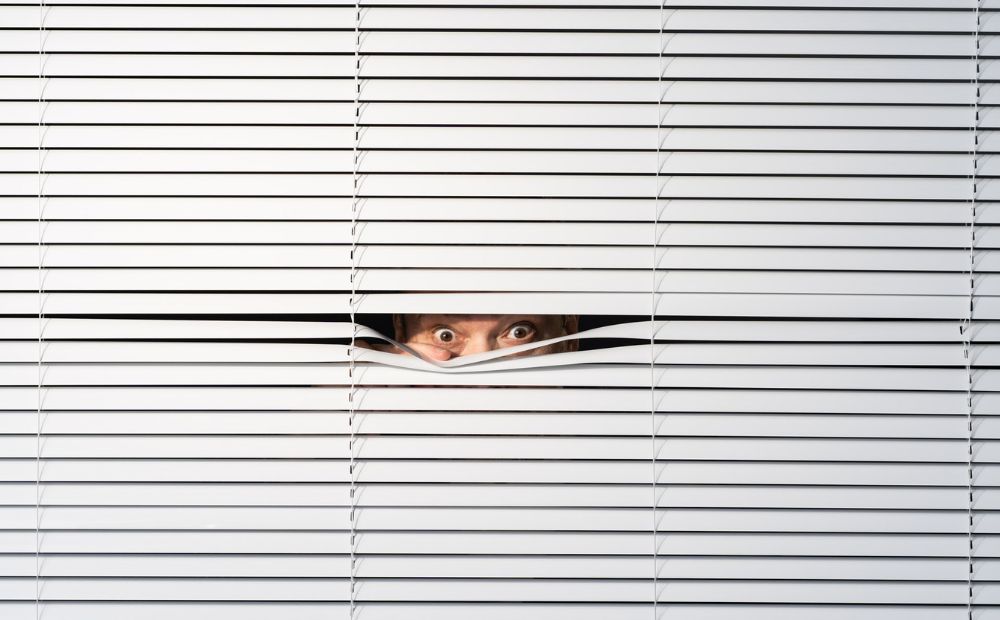Rinki campaign: Let’s work together to double the recycling rate of plastic packaging

“The recycling rate of plastic packaging will only increase if people sort their waste, which is why we want to encourage everyone to pay attention to sorting and separating even more plastic packaging,” says Rinki’s CEO Juha-Heikki Tanskanen, describing the concept behind Rinki’s consumer campaign, which was launched on 25 March 2024.
The campaign is also based on the recycling rate targets set by the European Commission. While recycling trends for packaging waste are generally moving in the right direction in Finland, the pace of change needs to increase. The recycling rate of plastic packaging in Finland is currently 29%, while the target for 2025 is 50%.
Snooping won’t improve the recycling rate
The Kyylä (‘Snooper’) video is at the heart of Rinki’s consumer campaign. It shows how recycled plastic packaging circulates and aims to encourage consumers to recycle their packaging waste. Kyylä, the character who fronts the campaign, is neurotic about recycling and invents wild sorting rules, such as ironing plastic bags before disposing of them. Kyylä’s counterpart is The Neighbour, voiced by comedian Pirjo Heikkilä. The Neighbour knows how the plastic recycling process works and recycles her plastic packaging as advised – efficiently but without making a fuss.
“You do not need to memorise a complicated manual or be able to identify different types of plastic in order to recycle your plastic waste. There is no need to strive for perfection: just set a goal to recycle at least eight plastic packages out of ten,” Tanskanen encourages.
The journey of plastic packaging
So, what does someone sorting their plastic packaging need to know about sorting? “Is it packaging and is it made of plastic? If the answer to both questions is yes, you can put the packaging into the collection container for plastic packaging. This is the most important guideline,” says Tanskanen. Give dirty packaging a quick rinse and remove caps, lids and pumps. “They are often made of a different type of plastic than the packaging itself, so you can make the recycling process easier by placing them in the collection container separately,” Tanskanen explains.
Plastic packaging brought to Rinki ecopoints and collected from households is transported to a recycling facility. Impurities and non-recyclable plastics are separated from the plastic packaging waste. Then, the remaining, recyclable, plastics are separated into different types, washed, shredded and turned into small recycled plastic granules. These granules are used as raw material for new plastic products.
The recycled plastic packaging is turned into new packaging and used for a wide range of products. Everyday household items that can be made from recycled plastic include plastic bags, dish brushes, bin bags, shoehorns and flowerpots. Many design objects, such as pieces of furniture and accessories, are also made from recycled materials. Recycled plastic can even be used in construction, as a material for decking boards, for example. When we recycle plastics, we save natural resources used to make plastic and reduce the negative climate impacts of plastic production.
Share our campaign material on your channels!
Would you like to encourage your social media followers to sort their plastic waste? Rinki wants to thank everyone who shares its campaign materials on their channels. Please add the campaign hashtag #tuplataanseyhdessä to your post. Materials are in Finnish.
You can find our campaign material